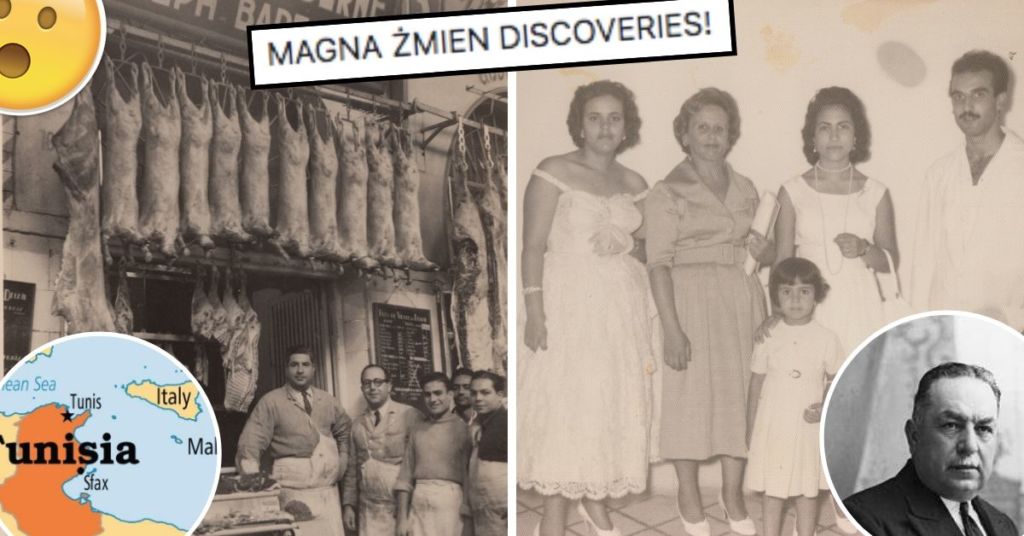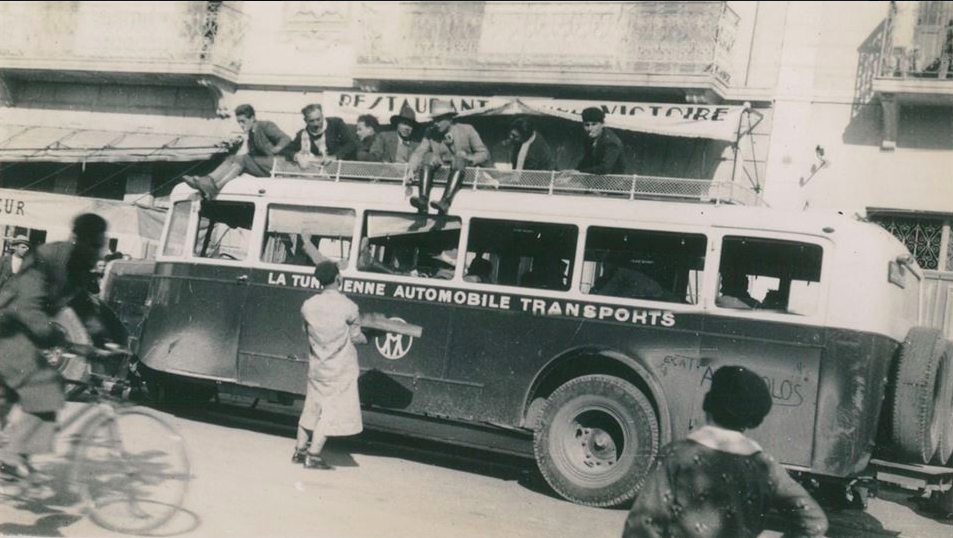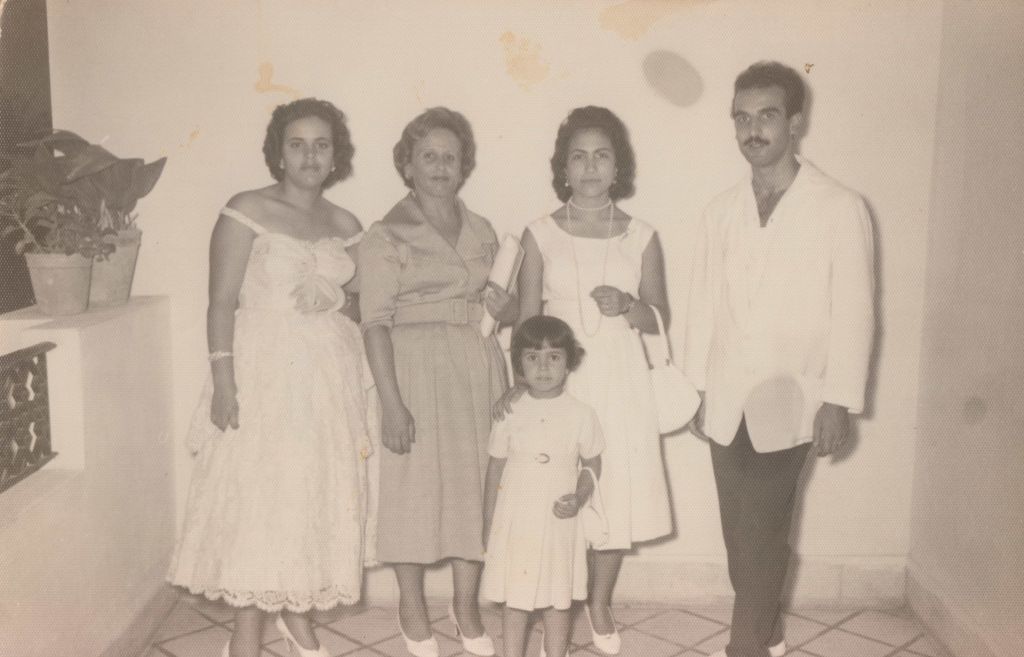Horse-Butchers, Karozzini Drivers And Pastizzi: This Is How The Maltese Community Left Its Mark On Tunisia

Despite being an archipelago in the middle of the Mediterranean, we often forget that Malta has a close and deep history with its neighbouring countries, especially those in North Africa.
On a recent research and collection mission to Tunisia, Magna Żmien founder and artistic director Andrew Alamango met with some Maltese descendants who shared their memories, anecdotes, and stories of their once-thriving community.
In an attempt to pass on the living memory of the Maltese communities in Tunisia, Alamango digitised their photographs and the final products are truly eye-opening.
The vintage photos that show just how much of Malta there is in Tunisia…

Joseph Bartolo and friend with employees. Marché Central 1955 (Jose Mangani Collection, Tunisia 2019)

Credit: Embassy Of Malta In Tunisia - 'The Maltese of Sousse were particularly active in the sector of automobile and mechanical repair.'
“The Maltese in Tunisia were renowned and remembered in different ways,” Alamango told Lovin Malta.
“They were known as quality cotton producers, for driving karozzini (horse-driven carriage) and for Maltese pastizzi, which left their mark on Tunisian society even today. They were also particularly associated with being butchers particularly of horse meat as well as pork. Many of these set up shop in the local market of downtown Tunis, Marché Central in Rue de Allemagne,” he explains.
Though the Maltese community disintegrated after the 1950s, one can still find remnants of the past, harkening to the days of a rich Maltese presence in the country.
“The Maltese particularly are still remembered with endearment, due to the proximity of language and the adaptation of the Maltese in Tunisian society and upon which it left its mark.”
The bond between the two countries is still strong today and anyone travelling to and from Tunisia is sure to come across the phrase “Malta ħanina, ħobża u sardina.“
“Today they tell stories of how they lived harmoniously alongside other cultures carrying on their Maltese religious and cultural traditions, whilst integrating with the liberal and culturally diverse society in Tunisia which was open to the Mediterranean and its people.”
A particularly interesting photo that came from Andrew’s visit is that of a portrait of the Temimi family, the grandmother mother of which was Antoinette Zammit from Ħamrun. Antoinette worked as a stewardess on the ferry-ship between Malta and Tunisia in the early 1930s and, on this same ship, she met and fell in love with Mohamed Taoufik Temimi whom she eventually married.
Antoinette packed up her life in Malta, moved to Tunisia and started her life there living in La Fayette, where she raised her family.

Antoinette Zammit who became Ferida Temimi (Hatem Temimi Collection, Tunisia 2019)
Antoinette is still remembered today as Nanna Ferida Temimi from Ħamrun and although there are only a few descendants of this once numerous community, they still retain a strong affection for their island of origin. Some have even obtained Maltese nationality.
The Embassy of Malta in Tunis is also attempting to maintain these relationships, including publishing research on notable Tunisian-Maltese, including the discovery that the eminent Maltese architect Guze D’Amato, who designed the iconic Our Lady of Mount Carmel in Valletta was born in and graduated as an architect in Tunisia.
Magna Żmien plans to carry out more collection and digitisation throughout 2020 as it resumes its activity offering the public a free digitisation of personal and family audiovisual collections.
Projects like these help in telling the tales of Maltese communities abroad and are a great insight into how they used to live and the impact they left on those communities.
They also make for some great vintage photos and some super cool travel trivia!